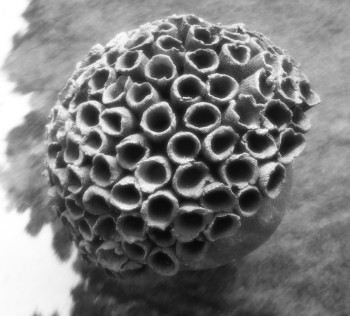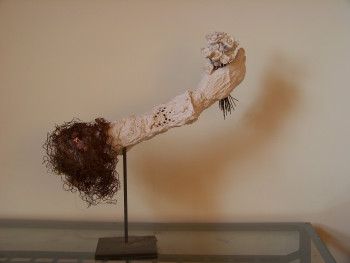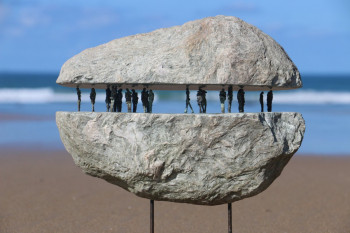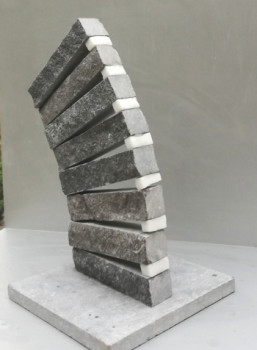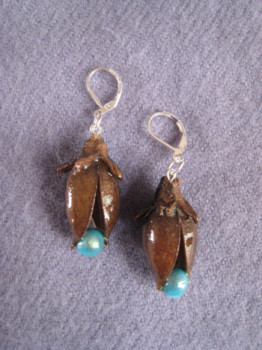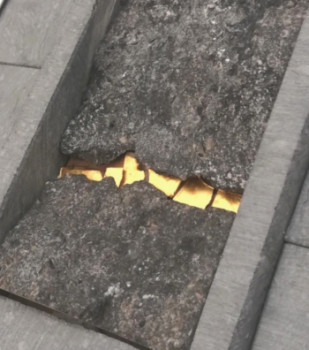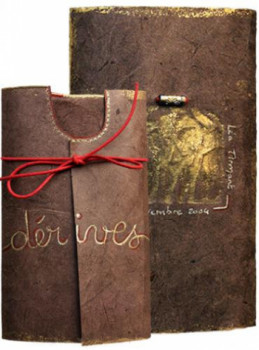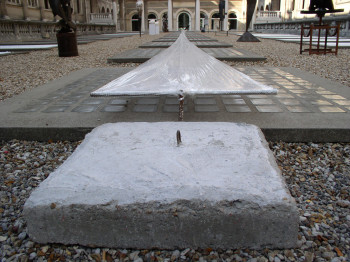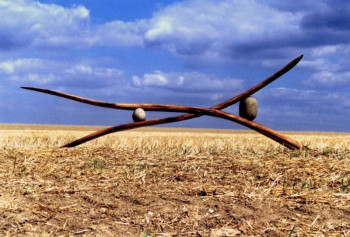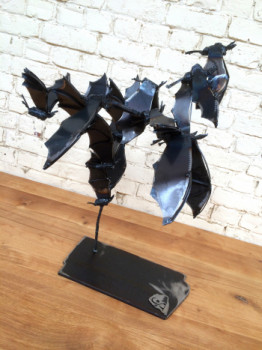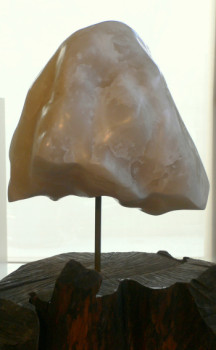
Anselm Kiefer, contemporary post-war artist
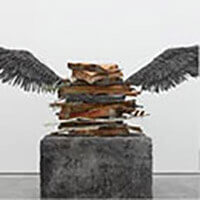
Anselm Kiefer, contemporary post-war artist
The sculptor artist approaches the material with a look that is his own. Mixing textures, moving from the organic to the metallic, Kiefer seems in perpetual quest for a reality that is tangible that escapes him. Which combination of subjects best conveys its message? What emotion can he convey via the lead? How to create a unique volume to convey a piece of history? He devoted his life to the search for relevant answers to these questions.
Germany, 1945
The sculptor began his life on March 8, 1945, in the municipality of Donaueschingen. Although having his roots in Germany, young Anselm gravitates between three cultures. He grew up at the gates of the Black Forest, not far from Lake Constance. An environment that awakened, without doubt, great sensitivity, thanks to a proximity to constant with nature. Kiefer also rubs shoulders with the natural landscapes of Switzerland, as well as France. The latter leaves an imprint deep in her heart that nothing will tarnish, neither those close to her, nor the years that pass by. From his early youth, little information circulates, except that his relationship directly with a member of the Wehrmacht, in the person of his father. A heavy historical point growing up, but that the artiste never denied.
Kiefer's study path
art does not necessarily constitute a his eyes a life project as such. This fact continued during the young years of Anselm Kiefer. Before becoming the sculptor emerit that we know, he intended tolaw studies. Then comes a period during which Kiefer questions everything. He then turned towards a more artistic path, embarking on studies of literature and linguistics. It was not until 1966 that art fully became his priority. Perhaps he had reached, at a later date, At this age, a certain maturity is evident. artistic which only asked for something new. speak out. It integrates with this title the Academy of Fine Arts of Düsseldorf.
Creation against a backdrop of scandal
Some artists enter the world of sculpture, and art in general, rather discreetly, but this is not the case for Anselm Kiefer. The latter began his career in 1969 with a project arousing strong reactions of indignation. This photographic project puts him on stage, evolving in different public places in European capitals. In these photos, he gives the Nazi salute. The affair made a lot of noise, but did not last. In a few weeks, this slippage is buried.
Quotes from Anselm Kiefer
When he talks about his creative process, the sculptor artist refers to it in these terms:
History for me is a material like landscape or color
Life is an illusion. I am held together in nothingness by art.
From paint to; the sculpture
In 1970, painting was very clearly in the majority in the creations of Anselm Kiefer. His master at the time, for two precious years, was none other than Joseph Beuys. The brush becomes his weapon, the canvas his privileged support. and painting the ink with which he expresses his feelings and his vision of life. However, the work of the material is never far away. It is not uncommon to find reliefs on his paintings from the period. Reliefs created by nature help from:
- lead sheets,
- sand,
- ashes,
- earth,
- hair,
- materials from ruins...
Anselm Kiefer, a long life in France
Far from denying his origins, Anselm Kiefer settles down despite all in France, in 1993. It is in the Gard that the artist sculptor develops his art. Freshly installed in France. in an industrial wasteland, he created a renowned art workshop. This unique site of 35 hectares is named. It therefore bears the name of "La Ribaute". For sixteen long years, Anselm Kiefer developed numerous artistic projects there, before moving his studio in 2009 to Seine-et-Marne. This brand new logistics warehouse has disproportionate dimensions. 35,000 m² thus serve to store monumental sculptures.
Hard work, with a view to perfect mastery of color
The material is the first tool of the sculptor. However, to deliver his message, he also relies on meticulous work with colors.
"The longer you stay in front of my paintings, the more you discover the colors. At first glance, you have the impression that my paintings are gray, but if you pay more attention, you notice that I work with the material that brings color" Anselm Kiefer.
His works, whether painted or made from volumes, all have the same goal: to depict, through in its own way, the catastrophes inherent in its nature the war. Kiefer focuses mainly on the Holocaust. Basically, the artist wishes to transcend the history of his country. Having no desire to instead of forgetting, he attempts to create something new, something evolved, thus proving that the "beautiful" can be born from \ "darkness".
Beyond of the Second World War
Anselm Kiefer does important work on the subject of the Second World War. What we know much less is that he also explores other, radically different subjects:
- the cosmos,
- religion,
- ancient myths.
At this stage, his works integrate a very wide range of materials:
- plant materials,
- acrylic paint,
- varnish,
- a little straw,
- saliva,
- chalk,
- rejects
A late evolution
During most of his life as a artist sculptor, Anselm Kiefer followed the same guideline. The historical legacy with which he struggles weighs heavily and is not atoned for. only after many years. From now on, his paintings, with their dimensions as gigantic as ever, are unique, dense and often compared to other paintings. expressionist creations. The name of Pollock regularly comes up between the lips of critics keen to dissect with relevance the paintings of Kiefer. Currently, the sculptor still lives in France, in the south. He works and devotes himself to new projects, always looking to synthesize complex subjects such as religious belief, nature, reality, culture or even our common history.
Découvrez quelques oeuvres inspirées de Kiefer
